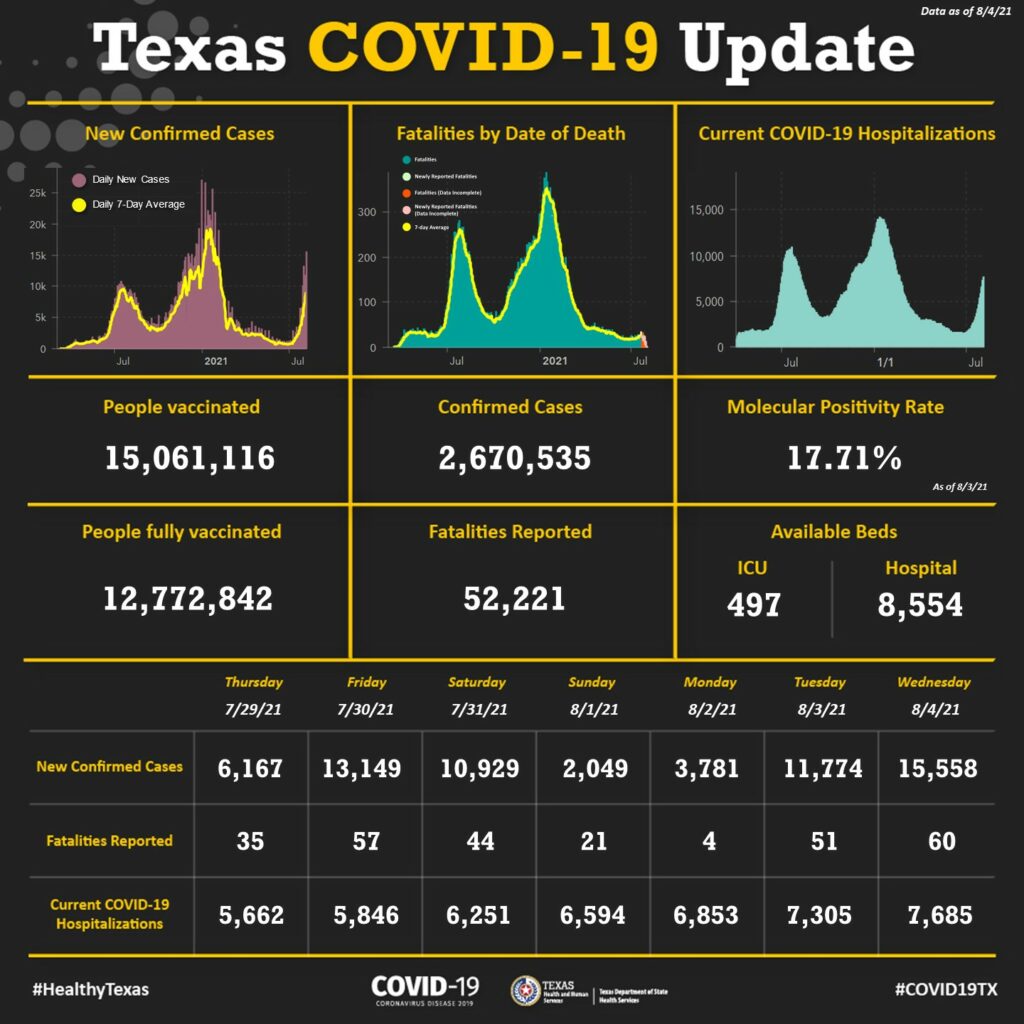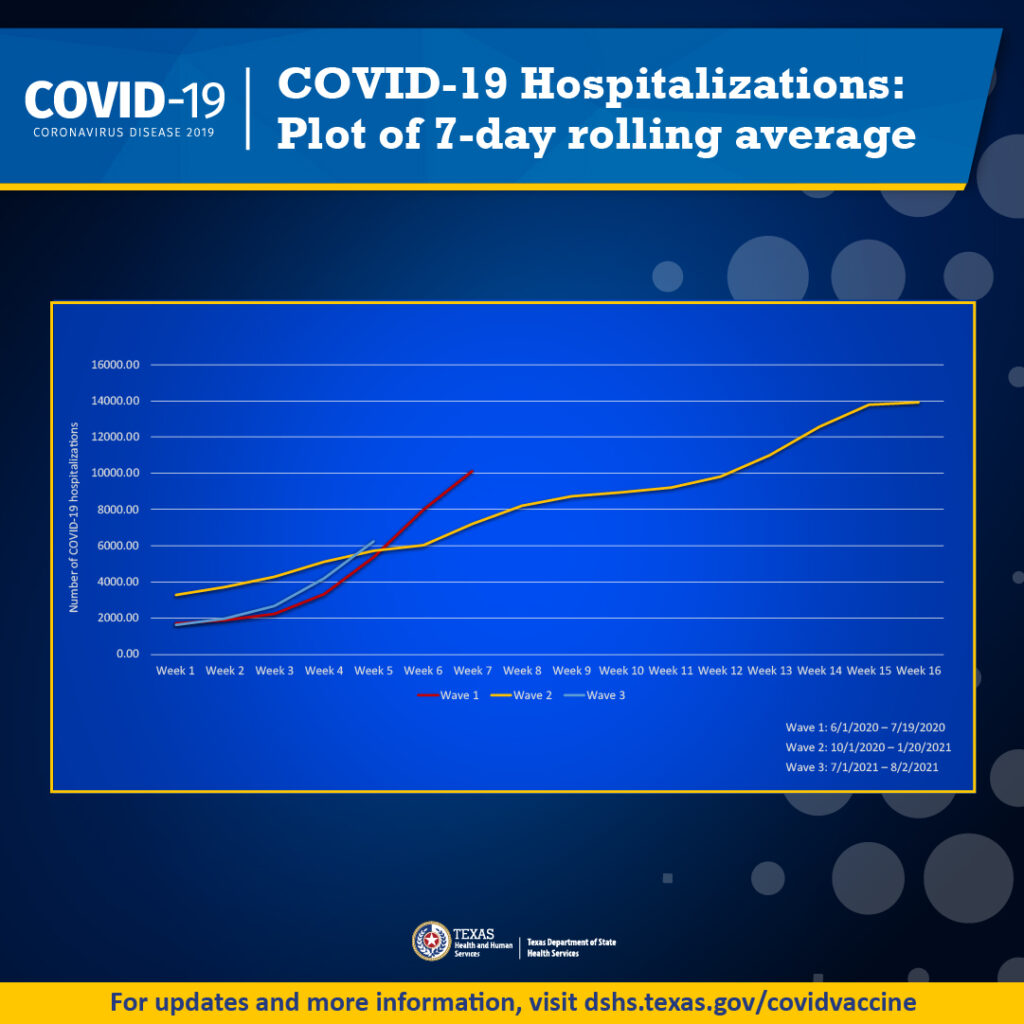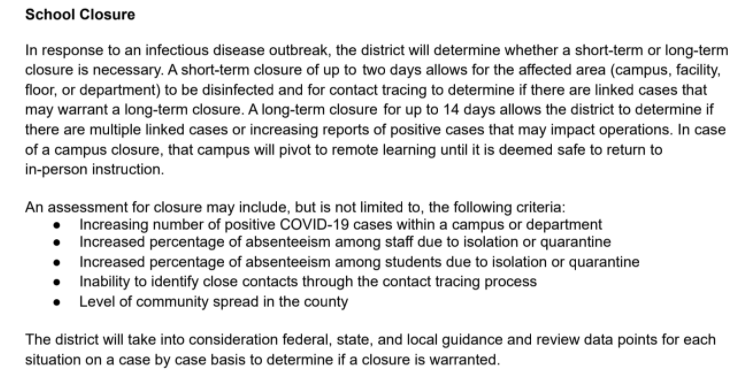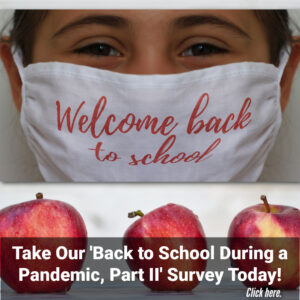Second Pandemic School Year Leaves Many Parents Feeling Worried
Editor’s note: This has been updated to reflect new TEA guidance issued on Aug. 5.
I’ve been covering this pandemic since December 2019. I’ve been covering public education for longer. I’ve been covering Dallas ISD for more than five years.
But even with all that surplus of information and access to data and experts, as a parent, I feel completely ill-prepared for this school year.
I haven’t even started on the back-to-school list that magically propagated on my fifth grader’s school webpage last week. I have, however, purchased a supply of pediatric KN95 masks, mask lanyards, extra pocket hand sanitizer, and a mask case.
And I’m not alone. If you read some of our comments (and even some of the responses to our latest survey taking the temperature of parents getting ready to send kids to school), you might think you’re alone in worrying about what will happen when you send your unvaccinated child to a building full of other unvaccinated children who may have been told they don’t have to wear a mask and that COVID is over, but there are far more parents out there trying to figure out what to do.
Take, for instance, the group of doctors (and Dallas ISD parents) who have written a letter that any other parent can sign their name to as well. The letter beseeches the district to consider requiring masks as part of the recommendations from both the Centers for Disease Control and Prevention and the American Academy of Pediatrics.
“Masked school children will reduce the risk of transmission of the SARS-CoV-2 virus and other respiratory viruses, thereby reducing the strain on local health care resources,” pediatrician Devika Rao, anesthesiologist Sagarika Ponnuru, internist Amy Hall, and radiologist Tiffany Rabe wrote. “This will ultimately keep the most vulnerable – immunocompromised, elderly family members, pregnant women, infants, and children with chronic illnesses – safe. It is a fact that children can transmit the SARS-CoV-2 virus, and we are already seeing evidence of this via summer camps and childcare facilities without masking policies.
“To date, over 500 children have died from COVID-19, 25% of these deaths in previously healthy children,” they continued. “Vaccinated adults, while protected from COVID-related hospitalization and death, can still transmit the COVID infection from the delta variant and children under 12 remain ineligible. Furthermore, only 50% of adults in Dallas County are fully vaccinated leaving our county vulnerable to an inevitable surge.”
The four doctors also recommend that the district reduce contact between children as much as possible, improve ventilation in rooms, promote the use of outdoor spaces as much as possible over indoor options, limit higher-risk activities like singing, limit parent visits to campus, avoid in-person assemblies, and continue to track COVID activity on each campus.
And I know — we have commenters who will insist that we’re giving in to some kind of fear. One early respondent to our new poll about going back to school during a pandemic (again) said the response to the pandemic has been “tyranny.”
I have run out of ways to say that tyranny is being immune-compromised but unable to trust the people around you during a pandemic because they just don’t care about your well-being. Or practicing with your autistic fifth-grader wearing a double mask all day because he’s not eligible for the vaccine, school’s starting, and some parents feel the pandemic has been overblown and the response tyrannical.
I’m also reminded of something Zechariah Chafee Jr. once wrote in the Harvard Law Review:
“Each side takes the position of the man who was arrested for swinging his arms and hitting another in the nose, and asked the judge if he did not have a right to swing his arms in a free country. ‘Your right to swing your arms ends just where the other man’s nose begins.'”
But is it really overblown to say that between RSV and COVID, pediatric admissions to local hospitals are up, and masking could help plateau that new curve? Is it overreacting to say that hospitalizations and deaths — which are lagging indicators — are on a significant upswing?


(Read: COVID Surge Shaping Back-to-School Discussions)
I’ve been asked a lot of questions, and I still have some questions out there. But here is what I know:
If Austin ISD and Frisco ISD can say they’ll offer virtual instruction this year for students who want it, why can’t Dallas?
There are a variety of reasons, but there’s a bit of history (and backstory) involved. For one, the ability to go virtual because of the pandemic was an emergency power given to Texas Education Commissioner Mike Morath — but it’s not available anymore. Schools can teach virtually — but they have to get a waiver from the TEA to do so (and they would’ve had to apply for it well before now — it’s how Dallas ISD will be able to open Dallas Hybrid Preparatory at Stephen J. Hay this year). There was a bill before the legislature during its regular session that would’ve allowed districts to offer a virtual option more easily, but it was overshadowed by uh, other things.
And, for what it’s worth, Frisco ISD is only offering the option until children under the age of 12 can get vaccinated. After that, it goes away.
But there is also this: Houston ISD and Dallas ISD are the two biggest urban districts in the state. If there isn’t funding per pupil for virtual learning, they have to eat that. If a lot of students opt for virtual, that’s a lot of empty pockets.
Gov. Greg Abbott has come down hard on his stance that nobody but the state can issue a mask mandate, and he’s not going to do that. Which leaves schools with policies that don’t require masks, but strongly encourage them.
On Thursday, the TEA issued new guidance for schools that allowed for limited distance learning. School districts should inform parents when they have positive cases (and they do have to report it to state and local health authorities). They also do not have to contact trace anymore (more on that in a minute), and parents can still choose to send a child to school if they have been identified as a close contact of a positive COVID case (they can also choose to keep them at home until they have a negative PCR test or if they remain symptom free after the 10th day of exposure).
(Read: Abbott Further Limits Local Control of COVID Response)
So what does that mean for students and staff?
The district issued a handbook this week that explains its path forward based on what’s available to them. It also announced that every Dallas ISD campus will have rapid COVID-19 tests available for staff and students (with parent permission) that provide results in about 15 minutes. The tests will be given by school nurses or a trained designated employee.

Among the things gleaned from the handbook: Much of the response is similar to what happened on campuses last year — plenty of sanitization happening, PPE and hand sanitizer readily available, spacing of at least three feet between students, a cooperative effort on contact tracing with the county. Staff and students are encouraged to take their temperatures before coming to campus each day.
It also addresses potential closures and quarantining, and does say that if closures happen, the campus will move to distance learning.
I am waiting for a response from the district, however, on a subject not many are asking about yet — class sizes.
Every year, at every school in the country, a few weeks into the school year campuses do something called leveling. Basically, it makes sure that there aren’t 35 students in one fifth grade classroom and 13 in a kindergarten class somewhere. In a perfect world, students would be registered for school well before the first day, but you always have people that move in later in the summer, or there’s some kind of error in the online registration process, or they just straggled in.
So they shuffle teachers (and students) around to get classroom numbers more equal. But here is the issue: In elementary schools (where children are not going to be vaccinated because they’re too young), the limit is 22 per class. The average classroom size is somewhere between 700 and 800 square feet — possibly smaller if the school was built prior to the time TEA rules about classroom sizes went into effect.
But, every year (prior to the pandemic) Dallas ISD and other schools applied for maximum class size exception waivers from the TEA. In some cases, it was to allow one more student in a classroom. Sometimes it would be closer to four or five more. And it happened on nearly every campus in the district.
I’ve asked the district if they plan on asking for those waivers this year, too, or if they will take into account how many kids should be in an 800 square foot room — three feet apart — when they level this year.
It’s a subject all parents should keep an eye on. It will show up on a school board meeting agenda in September, most likely.
I’ve been asked a lot what our family’s personal plan is for this year. That Dallas ISD handbook explains a plan that attempts to “focus on the variables we can control” — which is also basically the Erickson household plan as well.
I can’t expect other students (and staff) to mask, but I can expect my child to. I can make sure he gets vaccinated as soon as he’s eligible. I can make sure that my husband and I get any booster that may be necessary.
I can cross my fingers, and hope it’s enough.










